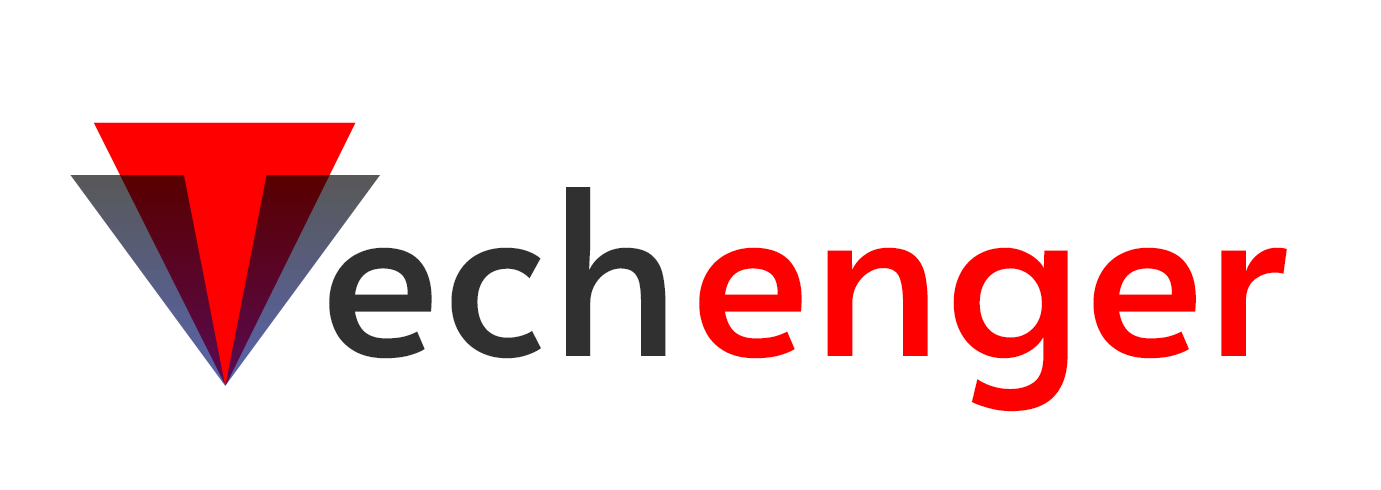There’s a reason why worldwide spending on blockchain solutions has reached an estimated $4.1 billion. Digital technology is completely revolutionizing the way we store and share data. While Bitcoin and other cryptocurrencies might be the most popular examples, these types of blockchains only represent the tip of the iceberg when it comes to its usage.
Unfortunately, understanding how this new tech operates can be quite difficult for the average person. Luckily, we’ve organized this blockchain for dummies guide to teaching you everything you need to know. Let’s get started!
Table of Contents
Blockchain For Dummies: What Is Blockchain Technology?
Blockchain consists of a sequence of blocks that connect from one end to another — much like a chain. These blocks consist of transactions that are shared and passed from one user to another. Every time a transaction occurs on blockchain technology it’s logged on a record that’s unable to be changed.
This is part of what makes blockchain interactions such a big deal. Typically, an external authority, like a bank or government, is needed to make sure that all the data is authentic and reliable.
However, blockchain technology bypasses the need for this external authority. Because an immutable record of transactions exists, blockchain can be decentralized when storing its information. There are three main types of blockchain, each with its applications. This includes public blockchains, permissioned blockchains, and private blockchains.
Public Blockchains
Public blockchains are huge distribution networks that are open to any public transactions. This is thanks to their open-source code that allows any member of the community to participate.
The decentralized nature of public blockchain makes it a truly democratic option since anyone can join as long as they have access to the internet. Most of the time public blockchains run on large distribution networks and utilize what’s known as a native coin. This type of blockchain can include cryptocurrencies, like Bitcoin and Ethereum.
Private Blockchains
As their name suggests, private blockchains closely monitor who can join their membership. Because of this, they tend to be used on small distribution networks. They also don’t utilize a native coin.
In this way, private blockchains aren’t decentralized like public blockchains. However, they do come with an immutable ledger that records a secure database. This makes them a go-to option for agreements placed between companies and members.
Permissioned Blockchains
It’s helpful to think of permissioned blockchains as a mix of private and public blockchains. Like public blockchains, they utilize a native token. However, like private blockchains, they limit access to a select group of people. People can join a permissioned blockchain as long as their identity is first verified.
Once they’re in, users can read, write and access information on the blockchain. This makes them a popular choice for industrial enterprises and businesses since it allows employers to give their employees access to specific types of information not meant for the public. There are even cryptocurrency companies that use permissioned blockchain technology, like Ripple.
How Does It Work?
All blockchain generally has four components. This includes a cryptographic hash, immutable ledger, P2P network, and consensus protocol. A cryptographic hash is responsible for creating a unique identifier for each block of input data. It does this in the form of a string of numbers. The immutable ledger makes it impossible to change or delta a block without affecting the entire chain.
A P2P network (or peer-to-peer network) ensures that the data isn’t stored by a single entity, but instead shared on an equitable distribution network. Finally, there the consensus protocol.
This refers to the agreement that users must meet to add additional blocks to the chain. So how does it work? First, the user must request a specific transaction. Then, that request is distributed through the P2P network.
The network can then choose to validate the request or kick it out. If validated, then the transaction is added in form of an additional block. As soon as this happens the block is immutably chained to the past transactions. Only when all of this takes place is the transaction finally confirmed.
Different Uses For Blockchain Technology
Often when people think of uses for blockchain technology they think of cryptocurrency. While it’s true that this technology is making waves in the banking industry as a currency that transcends national regulation, it’s far from its only use. Another real-world use is smart contracts.
These are proposed contracts between companies or individuals that can be either partially or fully carried out without any human interaction. Distributed ledgers are also becoming more popular in financial services. That’s because they allow banks the ability to speed up their settlement systems.
Blockchain technology can also be useful in supply chain management. Whether it’s for shipping or food supply needs, it allows retailers and customers to more closely track the status of their products.
Blockchain is even being utilized by the healthcare industry during the era of COVID-19. The distribution networks allow professionals to more closely monitor vaccinations and antibody tests.
One real-world example is Nasdaq’s new blockchain that protects securities collateral solutions within the stock exchange. It does this by allowing any collateral givers/takers and intermediaries to manage things like a margin call, collateral delivery, and return process within minutes. If you want to learn more about this type of application, then make sure to check out this for more.
Want More Content? Keep Reading
We hope this blockchain for dummies guide helped you learn more about this technological breakthrough. As you can see, blockchain extends well beyond the realm of cryptocurrency. Its decentralized nature bypasses the need for an authoritative source to control. As such, we can expect economic upheavals surrounding blockchain technology in the decades to come.
Did you enjoy this article? If the answer is yes, then you’re in the right place. Keep exploring to find more topics that you’re sure to love.




